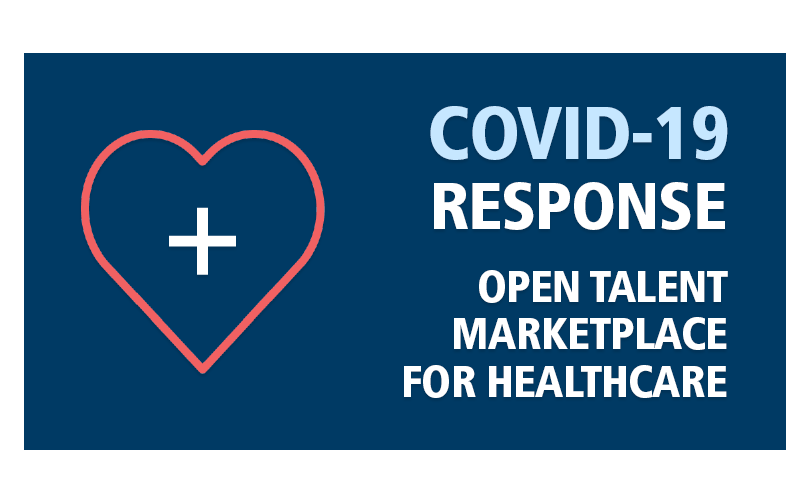
Flu Season During Pandemic Could Create Acute Healthcare Staffing Crisis
Healthcare organizations making plans for the upcoming flu season face unprecedented challenges in meeting demand due to an unfolding acute staffing crisis. The combination of the annual flu epidemic and the coronavirus pandemic mean that demand for services, particularly for nurses and technicians, could be significantly overtaxed beginning in the fall and stretching well into 2021.
Staff planning for flu season typically begins in the summer for many healthcare organizations, so they can secure the travel and other temporary clinicians in a marketplace that is always very competitive. This year, seasonal demand for clinicians will be even greater and more intense than usual.
With the coronavirus pandemic infecting millions of people, and its health and economic impact dominating the news, we cannot overlook that we also face the annual global flu epidemic beginning this fall. Each year, between 3% and 11% of the U.S. population gets sick with the flu, depending on the severity of the virus, according to the US Centers for Disease Control (CDC). For healthcare organizations, the flu season begins with mass inoculations against the particular virus, then treatment of many people who get sick because they either weren’t vaccinated or the vaccine didn’t work for them. Many healthcare organizations take on extra staff to handle the increased care demands of the flu season.
Beginning this fall, the flu season will coincide with the continuing COVID-19 pandemic. Healthcare organizations will administer mass vaccinations for flu at the same time they are screening everyone for COVID-19 symptoms. While symptoms for COVID-19 and seasonal flu are different, the screenings during mass flu inoculations and the rise in people with seasonal flu symptoms fearing they have COVID-19 could increase the number of people seeking testing and treatment for coronavirus. The national focus on the pandemic also could result in many people overlooking the need for seasonal flu vaccinations. This could result in more people getting sick with flu and winding up in doctors’ offices, clinics, urgent care, and emergency rooms.
The patient caseload for seasonal flu will be concurrent with the COVID-19 caseload; healthcare organizations will need to deal with both at the same time, which could put a significant strain on the existing workforce. The two diseases may even have a multiplier effect on each other because people at high risk for health complications from seasonal flu are the same people at greatest risk from COVID-19. The number of high-risk patients getting sick and winding up in emergency rooms and hospitalized could significantly increase.

Healthcare organizations also need to consider the workforce needed to constantly deliver vaccines to the U.S. populace over a period of 12 to 18 months. A coronavirus vaccine is expected by the end of the year, or early next year, and will then need to be administered to as many people as possible. Public demand for the coronavirus vaccine will be intense. Since coronavirus mass vaccinations will likely happen after seasonal flu vaccine inoculation campaigns, healthcare organizations face a scenario where they will be inoculating the US populace twice -- first for seasonal flu and then for coronavirus -- throughout the fall, winter, spring, and probably into next summer. This may create a workforce demand surge that healthcare organizations will not be prepared for.
The upcoming flu season is shaping up to be a very serious situation for our nation’s healthcare system. The combination of seasonal flu and coronavirus pandemic means that hospitals, health systems and other healthcare facilities will have heightened need for nurses and other practitioners and could face surges in demand. Healthcare organizations need to plan now for a serious, prolonged, and dynamic patient-care event.



